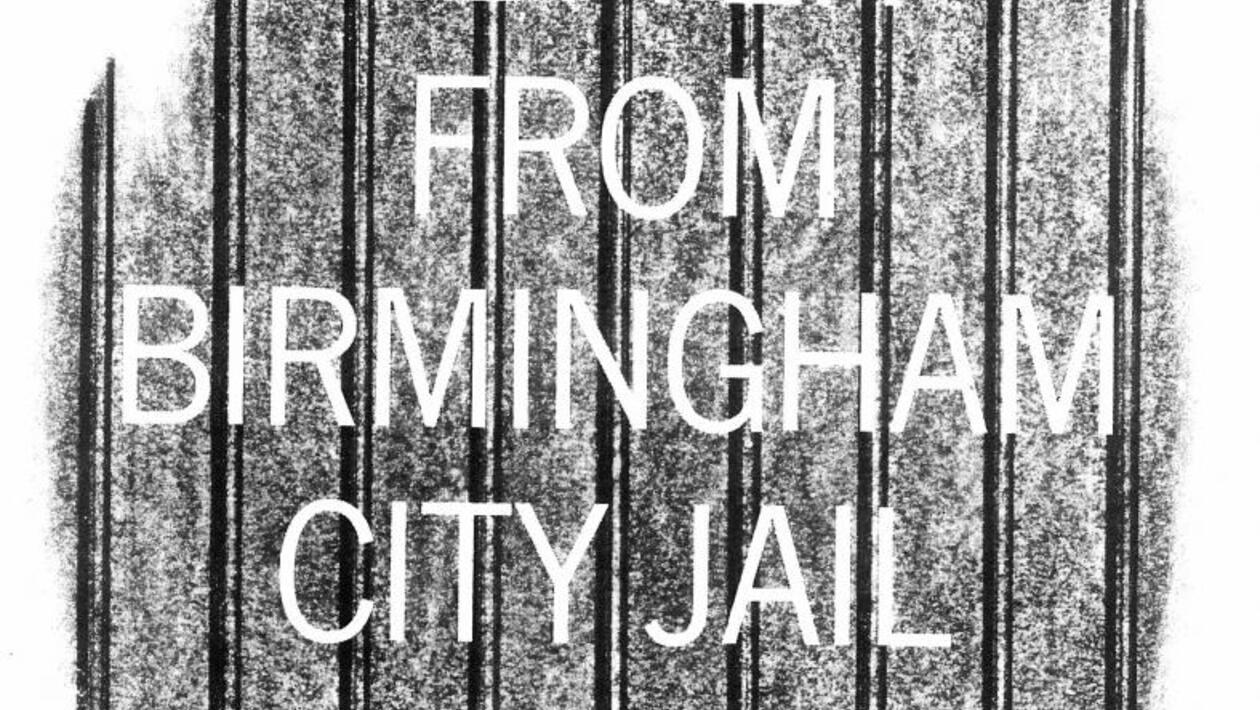Letter from Birmingham Jail. The Power of Nonviolent Direct Action
Introduction
The following lesson encourages students to reflect on nonviolence as an instrument to change unjust laws by studying the Birmingham Campaign of 1963. Within this six-part lesson students will participate in a role play about the intricate planning strategies for the campaign, also known as “Project C” – “C” for Confrontation. Students will observe the courageous activism of young people, and examine the eloquent words of Dr. King’s Letter from the Birmingham Jail. The lesson provides students the opportunity to analyze primary source documents and discuss the concepts of social justice and social transformation in the past and in the present.
The essential question and sub questions are designed to guide the teacher and students through each segment of the lesson. These questions may be used as assessment at the end of the unit or as discussion prompts along the way. Teachers are encouraged to teach the entire unit or to choose the parts which fit their curricular needs. All activities are offered as an online experience or in print format.
Author: Andrea McEvoy Spero (updated by Mira Foster) Subject: Art, English Language, U.S. History, World History Grades: 9-12 Teaching Standard:
CA State Standards: 11.1, 11.10, 11.11
Essential Question
- 1
Did the nonviolent direct action, which King describes in his “Letter from a Birmingham Jail,” successfully transform Birmingham, Alabama from a segregated to a just society in 1963?
Sub Questions
- 1
How do we, as a society, define an unjust law, and what kinds of strategies and tactics have proven most effective in changing such laws? If we are able to abolish legal injustice will it necessarily result in social justice?
- 2
What was the social, political and economic situation in Birmingham, AL before the spring of 1963?
- 3
What were the goals of the Birmingham Campaign and how were these goals to be accomplished?
- 4
In “Letter from Birmingham Jail,” how does King explain the purpose and effectiveness of nonviolent direct action?
- 5
As Project C began to unfold in Birmingham in the spring and summer of 1963, how were these events reported to the nation and world?
- 6
Was it the adults or the children of Birmingham that lead the strategy to fill the jails through civil disobedience?
- 7
Have the people of Birmingham reached a point of reconciliation after the experiences of injustice, violence and nonviolent direct action?


